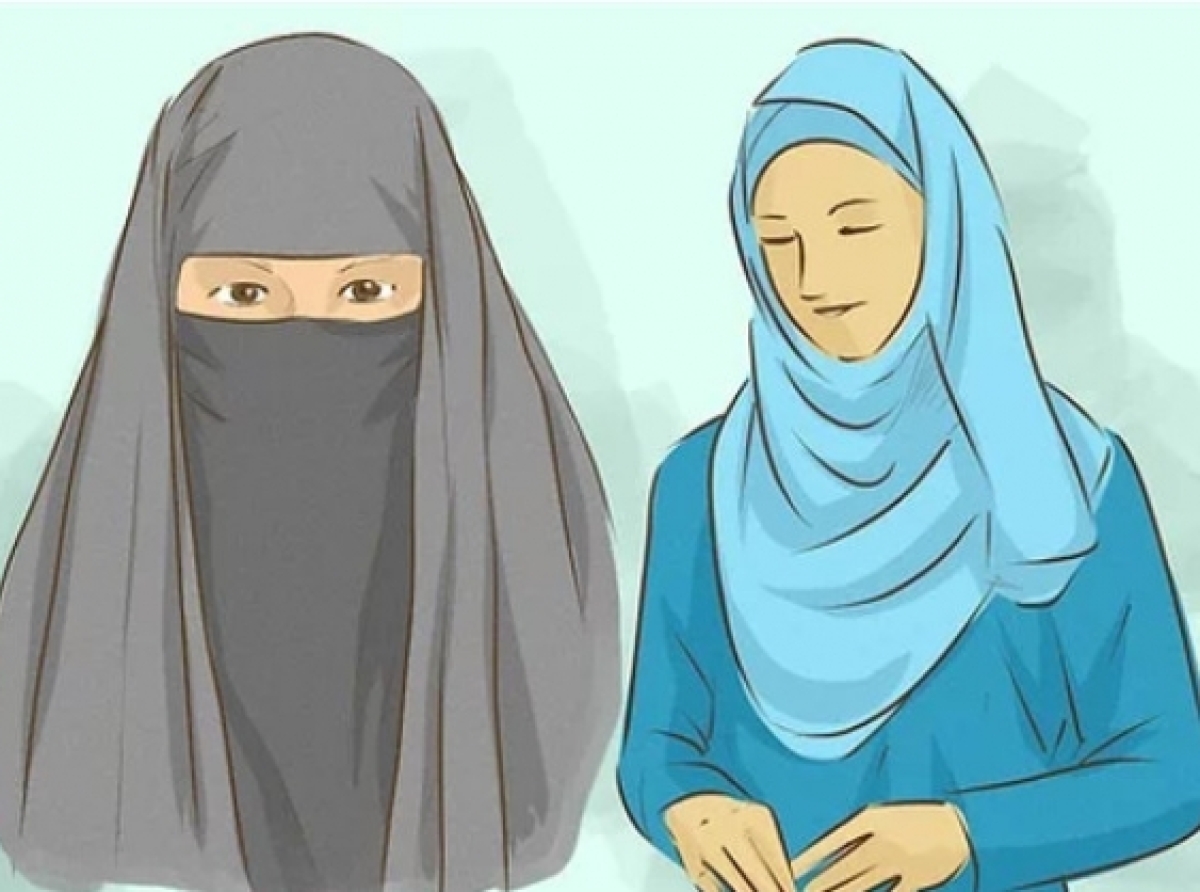History of Islamic clothing (Islamic Hijab)
Throughout the ages and in many civilizations, there have been different levels of coverage in various forms. Sources such as the history of Will Durant , the history of Islam Petroshovsky , the social history of Iran by Morteza Ravandi, and even older sources such as the history of Greece and the world by Herodotus, written before Christ , report that men and women have little presence in society. They were covered. Hijab in this sense is not established by Islam , but there have always been differences about its limits.
In contrast to scholars who attribute the headscarf to Islam or the Arab tradition, another group of scholars believe that the hijab was not part of the Arab and Islamic traditions and was used by the aristocracy after the Arabs invaded other lands and introduced them to the tradition of wearing headscarves . This tradition was also transmitted to the Arabs. Says Leila Ahmed , a professor of women and religion at Harvard University :The acceptance of the headscarf by Muslim women was the result of a similar process of subtle transformation in the traditional values of the peoples of the conquered lands. The headscarf was apparently used in Sassanid society, and gender segregation and the use of headscarves were quite prominent in the Christian Middle East and the Mediterranean at the time of the rise of Islam. During Muhammad's lifetime, only at the end of his life, his wives were the only Muslim women in need of headscarves. After her death and after the conquest of neighboring lands where women of the upper classes wore headscarves, in a process of transformation that no one has yet fully ascertained in detail, the headscarf became a common garment among Muslim women of the upper classes.
Iran
The Hijab Law became mandatory in Iran in 1984 with the approval of the Islamic Consultative Assembly.The chairman of the Expediency Discernment Council , while explicitly criticizing the "dry land of the saints" with the people, emphasized: "It is the strictures they made on the issue of hijab that made the society, especially women, run away." Hashemi Rafsanjani's information base has republished an excerpt of his answers to Kayhan in 1982, in which you read: I still think that if we take the initiative, we can meet the expectations of women and youth according to the law, and we have an argument before God. We can also preserve the Islamic Revolution . As you probably know, the leadership, in the face of the pressure of these strictures, once said: "I see no way to impose a tent."
However, in the government of the Islamic Republic, from the period of street protests, women protesting against the compulsory hijab in March 1978 to the period of civil protests of Revolution Street girls and after that, those who do not observe the Islamic hijab have been severely repressed.
Qatar
In Qatar, the law prohibits the implementation of this law in accordance with criminal law and the wearing of any disguised or inappropriate clothing in public. In 2012, a non-governmental organization in the country organized a campaign called "Public Beauty" in which it called for more government oversight. The campaign was aimed primarily at foreigners in Qatar. Last year, a law was passed to provide advice and guidance to tourists and to choose appropriate clothing in public places, after some tourists appeared in the country in tights and inappropriate clothing. So that wearing support in this Islamic country bordering the Persian Gulf, inappropriate coverage was defined.
The campaign was also launched by the Qatar Islamic Cultural Center 2022, which aims to provide advice and guidance to tourists in choosing the appropriate type of coverage in the country on the eve of the 2022 Doha World Cup. The pamphlets published by the center ask tourists to help preserve Qatari culture and values: "If you are in Qatar, you are actually one of us, so please dress well enough in public places" and "Support "It does not count as pants." The campaign has used social media, including Twitter, to spread the word.
Translator: Amir Ali Esmailpour

 En
En  Fa
Fa 